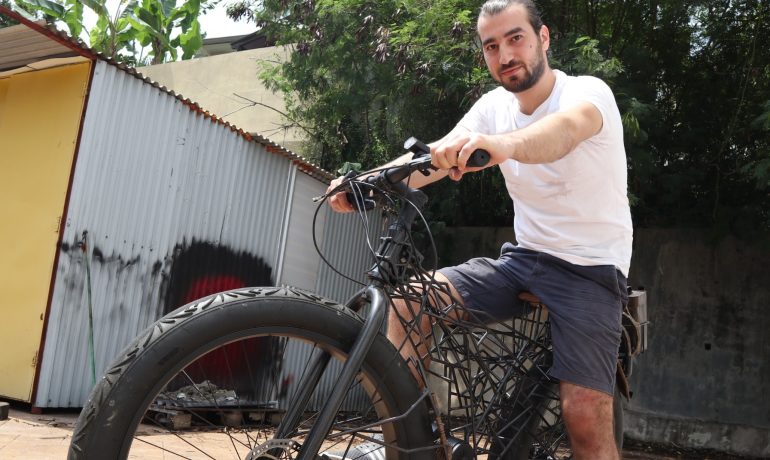Not long after Aboud graduated with a B.A. in Sculpture from the Faculty of Fine Arts at Damascus University, the Syrian Civil War broke out in 2011. Many of the country’s galleries and studios had to either cease their businesses or relocate to Lebanon and the Gulf States, leaving professional artists like Aboud little choice but to venture outside to continue their arts.
George Town, on the other hand, was experiencing an exceptionally thriving arts scene in 2015, the year Aboud relocated permanently to Penang. In fact, the city was still reeling from the success of George Town Festival 2012, when Ernest Zacharevic’s series of now iconic murals had placed the heritage enclave on the global travel map. The streets came alive with boutique hotels, quirky cafes and recognisable street art, and the sleepy town transformed into an Instagram rabbit hole.
Aboud says that being an artist in George Town during that time was inspiring as arts-related events were on the rise and many urban spaces were revitalised.

